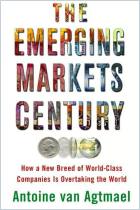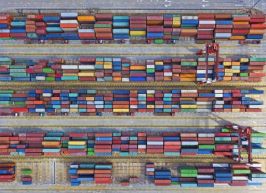Join getAbstract to access the summary!

Join getAbstract to access the summary!
Hermann Simon
Hidden Champions in the Chinese Century
Ascent and Transformation
Springer, 2022
What's inside?
Some small to medium-sized companies – “Hidden Champions” – have a global market share.
Recommendation
Germany is an export powerhouse, thanks largely to its many small and midsize (SME) companies and their prominence in global markets. Consultant Hermann Simon examines these “Hidden Champions” and explains how they grew dominant and how they compete. He discusses globalization, Austrian and Swiss Hidden Champions, Chinese firms working in Germany, population shifts, digitalization, sustainability, and more. Simon offers a fresh perspective and new information, which will particularly interest SME executives in Germany, China and the United States. The book’s title may make you think it is just about Chinese firms, but its scope is the larger role of SMEs.
Summary
About the Author
Hermann Simon is a management consultant and business professor, and the founder and honorary chairman of Simon-Kucher and Partners.
























Comment on this summary